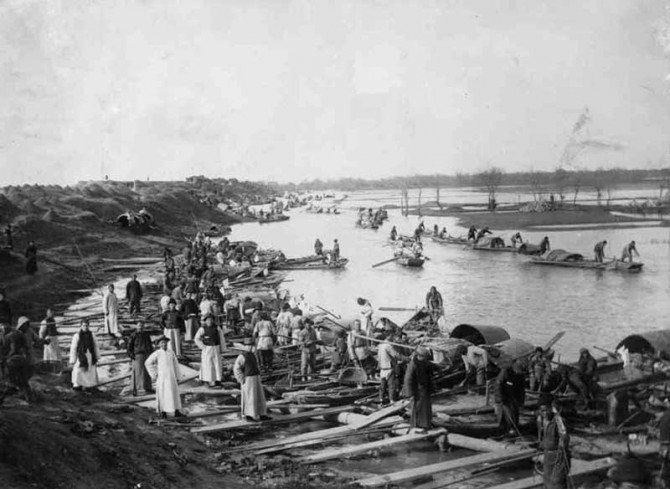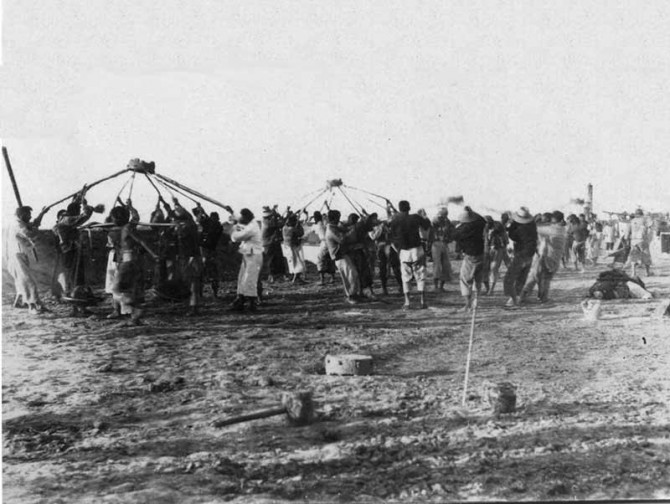The final link in the triumvirate was a Chinese General and engineer called Wang Shuxiang. Wang supervised the dyke reconstruction and managed 20,000 labourers who completed the backbreaking work by hand. The levees they created are still standing today which is a tribute to his skills and forethought.

The country was on its knees for years, the population had plummeted and everything had to be built again from scratch, with no food or money. China is still prone to the attacks of water, five of the top ten most deadly floods have occurred in China (the others were in Vietnam and Holland). There’s a few reasons why they are so sensitive to flooding:
- China is criss-crossed by rivers and has unpredictable rainfall.
- An increase in concrete towns has meant that water runs off of the tarmac and into the countryside where it gathers.
- Deforestation – trees and associated plant life hold mud together and absorb water. Without forests mud slides which exacerbate flooding are more likely.

Areas next to rivers are obviously worst effected, but because the poor people there are so poor, they also need to try and live somewhere they can scrape a living. Rivers give them access to trade and ports so will always be occupied despite the regular dangers.
The floods of 1931 are a sad tale, and one that is sure to be repeated. And you thought Manchester was bad.
☛ More Death: Black Death — The Scourge Of Europe















